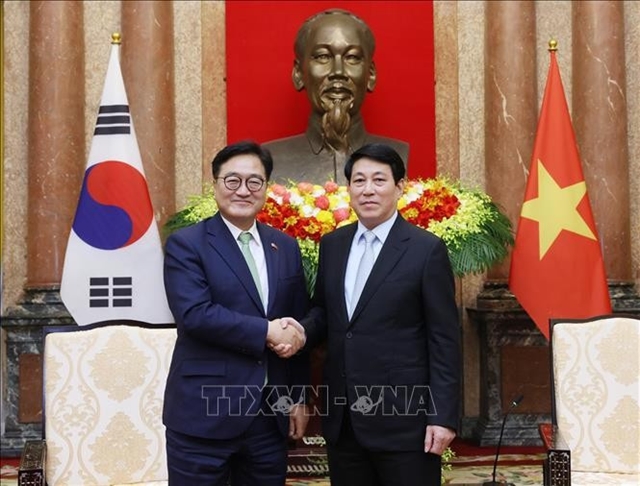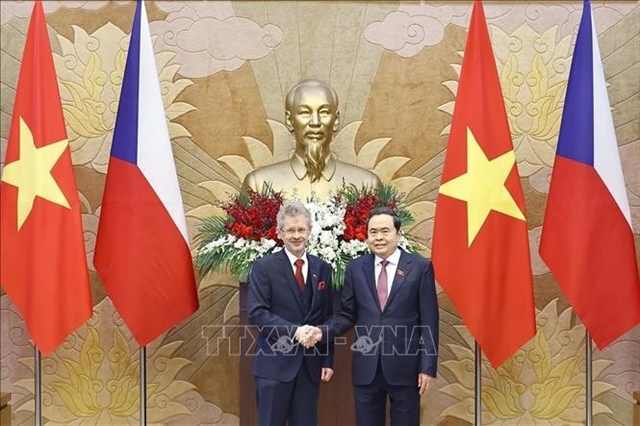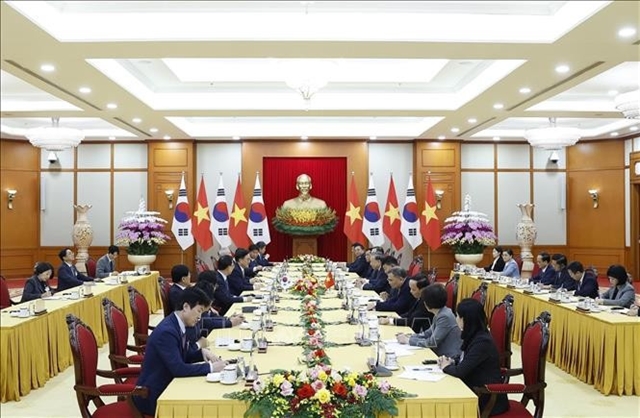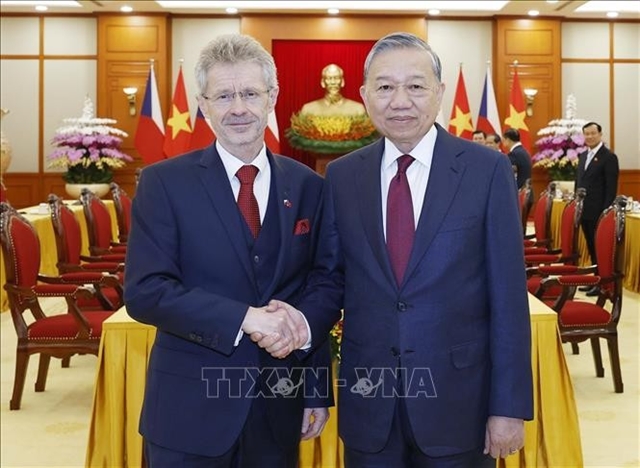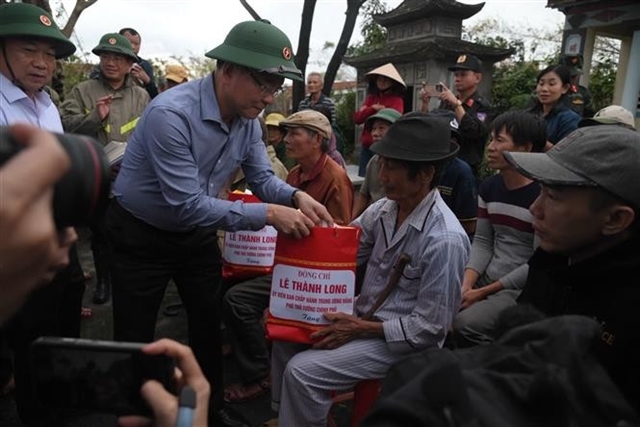 Society
Society
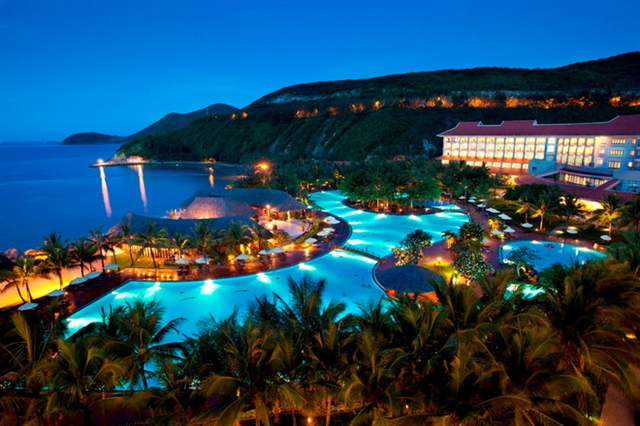
Despite several setbacks, investors pledged in February to put the capital city’s first elevated railway to trial operations in October. However, financial constraints have once again casted a pall over the project’s prospects.
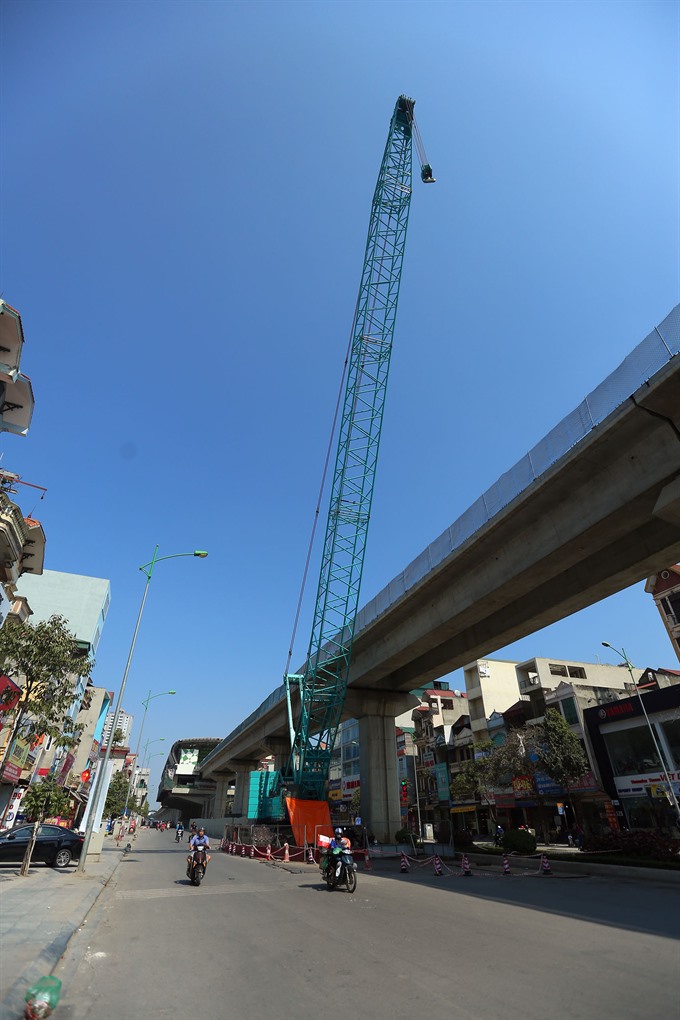 |
| Construction for the Cát Linh – Hà Đông metro project is basically finished; the remaining components are being installed and fine-tune, and trial runs for trains are underway. However, financial constraints have once again cast a shadow over the project’s prospects. — VNA/VNS Photo Huy Hùng |
HÀ NỘI — Despite several setbacks, investors pledged in February to put the capital city’s first elevated railway to trial operations in October. However, financial constraints have once again casted a pall over the project’s prospects.
Triệu Khắc Dũng, deputy head of the General Department of Transport Construction and Quality Management under the Ministry of Transport (MoT), said that construction for the Cát Linh – Hà Đông metro project is basically finished; the remaining components are installing and fine-tuning machines, as well as trial runs of trains.
“However, if the capital for the project does not come through, then it’s going to be hard to be on schedule,” he said, during a recent conference reviewing the progress of the metro line.
According to the project management board, the project’s debt to the subcontractor is some VNĐ600 billion (US$26.4 million). They did not respond well to this. The budget ‘blockage’ has caused machinery installation, which was expected to start in March, to be delayed indefinitely.
The metro line was originally slated to start running by the end of 2016, but it was postponed multiple times due to slow progress.
The project’s cost overruns also attracted public concerns. Although it was approved by the MoT with initial total capital of VNĐ8.8 trillion ($553 million) in 2008, the costs climbed to $868 million in 2016 – an additional of $315 million, or a 156 per cent increase.
The $419 million initial preferential credit loans from China had risen to some $670 million last year – an addition of some $250 million or a 160 per cent increase. The Vietnamese counterpart funds had also increased by $64.5 million (from $134 million to $198 million).
The additional loan worth $250 million has not been approved for disbursement by the Export-Import Bank of China (Eximbank), which partly caused the financial shortage, said Đường Hồng, managing director of the project from the general contractor China Railway No. 6 Engineering Group.
The overruns were mostly caused by inflation due to the slow progression of the project, MoT representatives said. With the lowest interest rate of 3 per cent per year, each year Việt Nam will have to pay some VNĐ442 billion ($19.5 million) of interest if the metro line’s operation day continues to be pushed back.
It is an equivalent of VNĐ1.2 billion ($5,300) of interest per day, not including the interest arising from the $198 million counterpart funds from the Government’s budget.
Deputy Transport Minister Nguyễn Hồng Trường has requested the concerned parties to solve the capital issues and speed up subcontractor payments to ensure that the metro line will start operation within the second quarter of 2018.
Messy progress
Five months before the much-awaited trials, many components of the project are still unfinished –which could be partly understandable – but, accompanying this state of incompleteness is the fact that safety standards are not being observed, Lao Động (Labour) newspaper reported.
For instance, the haphazard and perfunctory manner with which the stairs leading up to the stations is raising eyebrows. There are no warning signboards, no clear separators between a construction zone and the busy street right beside and there are raw construction materials spilling right into traffic – all a recipe for accidents.
Hoàng Thị Lan, a resident near the La Khê station in the outlying district of Hà Đông, said many people want barriers put up around staircases leading up stations to prevent children from walking up the stairs or elderly people from tripping over raw materials lying scattered around the staircases.
In addition, these staircases are quite steep. Watching the construction of the staircases right from the beginning, many local residents in Hà Đông District said an escalator or an elevator would be ideal, since such automatic transportation would certainly welcomed by elderly people or the disabled.
Overlapping routes
Even if investors find a way to secure enough capital to move on with the remaining components, some experts argue that the inefficiency of the project might make it hard to recuperate the swelling costs.
Vice Chairman of the Association of Science and Technology of Việt Nam, Nguyễn Ngọc Long, said that the elevated railway is aimed at mass transport of large number of passengers, which requires a network of connected routes, built in tandem with other urban planning for public transportation. However, with just one route like this, then in its initial phase, efficiency is heavily curtailed, Long said, adding that the whole system must be done faster.
Nguyễn Xuân Thuỷ, former Director of the Transport Publisher, warned that if the linkages between routes and stations, as well as the coordination work, are not handled well, then the ridership will suffer. “Initially, many people might get on the metro, out of curiosity, but over time, inconvenience will deter them.”
Thuỷ said he also submitted suggestions to the management board regarding the need for escalators and elevators, and the management board responded that elevators will be exclusively reserved for the disabled, escalators are not yet done, and due to the steepness of the staircases, they were made longer.
According to the planning, BRT system and metro line has some overlapping sections but they are not connected in any way, experts argue that this lack of interconnectedness have reduced the effectiveness of both the systems. – VNS

